How to Fix Error 0x800F0950 .NET Framework 3.5 Installation
When trying to install .NET Framework 3.5, error code 0x800F0950 indicates that the installation failed, halting the setup process abruptly. This usually happens because the system cannot find the required files to install .NET Framework 3.5. The primary cause is often missing or damaged Windows installation media.
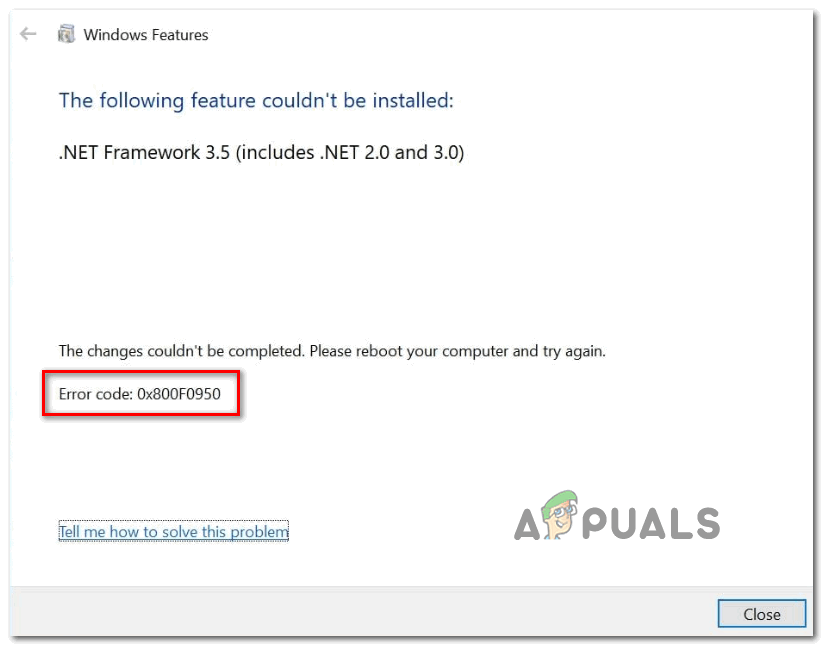
Other causes may include corrupted system files or incorrect group policy settings.
In this article, we will discuss various ways to solve this error.
1. Install .NET Framework 4.8 from DotNET (Windows 11 Only)
Sometimes, installing .NET Framework 3.5 fails on Windows 11 because it prefers newer versions. Installing .NET Framework 4.8 ensures compatibility by using the latest version, which also supports older versions, preventing errors from missing dependencies.
- Open any browser and go to the DotNET Framework 4.8 download page.
- Click the Download .NET Framework 4.8 Runtime button.
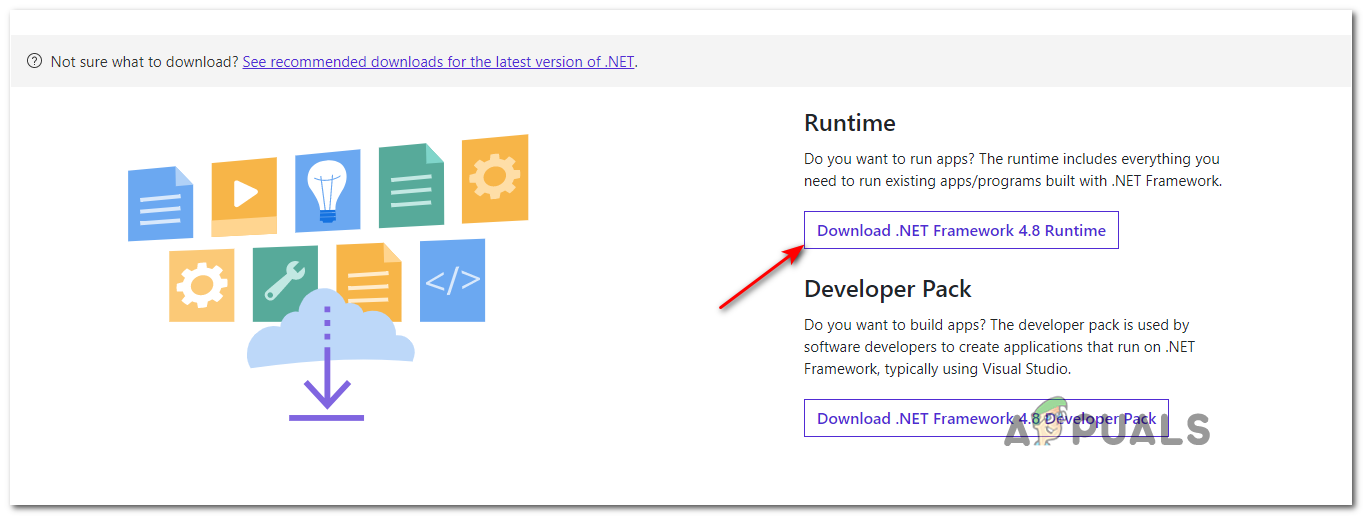
Downloading .NET Framework 4.8 - After the download is complete, double-click the executable you just downloaded and accept the UAC (User Account Control) prompt.
- In the installation window, follow the instructions to complete the installation of .NET Framework 4.8.
- Once the operation is complete, restart your computer and check if the issue is resolved.
2. Run the .NET Framework Repair Tool
Hidden installation issues can disrupt the process. The .NET Framework Repair Tool helps the system automatically find and fix these problems, like file corruption or registry conflicts, ensuring the installation proceeds smoothly.
- Open the download page for the Microsoft .NET Framework Repair tool in any browser.
- Click the Download button under Microsoft .NET Framework Repair Tool on the page.
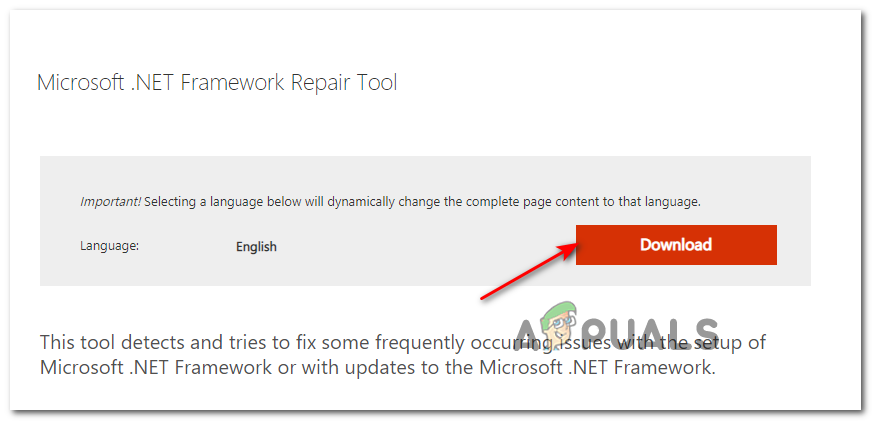
Downloading the latest version of the .NET repair tool - After the download completes, double-click NetFxRepairTool and click Yes at the User Account Control prompt to grant administrative privileges.
- Follow the on-screen instructions to deploy the repair utility, then proceed with the recommended repair strategies once the initial scan is complete.
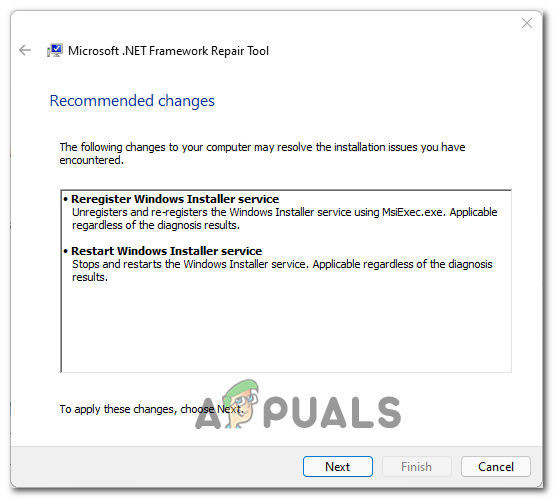
Deploy the recommended changes - Once the recommended repair strategies are enforced, reboot your computer and retry the installation of the .NET framework after the next startup is complete.
3. Install .NET Framework 3.5 using Windows Features (Windows 10 Only)
The built-in Windows Features tool allows you to enable .NET Framework 3.5 using components already in the system, without needing external downloads. This method is effective on Windows 10 because the required files are typically present, reducing the risk of errors from missing or corrupted installation files.
- Press Windows key + R to open the Run dialog box. Type ‘appwiz.cpl’ and press Enter to access the Programs and Features menu.

Type appwiz.cpl and Press Enter to Open Installed Programs List - In the Programs and Features menu, click on Turn Windows features on or off from the menu on the right.
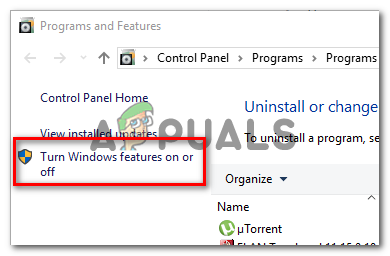
Accessing the Windows features menu - In the Windows features screen, check the box for .NET Framework 3.5 (this package includes .NET 2.0 and 3.0), then click OK to save the changes.

Enabling the .NET Framework 3.5 - At the confirmation prompt, click Yes to initiate the procedure and wait for the package to be successfully installed.
- Once the operation is complete, restart your computer and check if the problem is resolved on the next startup.
4. Install every Pending Windows Update
Keeping your system updated ensures it has the latest files and components needed for smooth installations. Installing pending Windows updates can often fix the 0x800F0950 error by providing missing system files, resolving compatibility issues, and fixing bugs that might block .NET Framework 3.5 installation.
- Press Windows key + R to open the Run dialog box. Type ‘ms-settings:windowsupdate’ and press Enter to access the Windows Update tab in the Settings app.
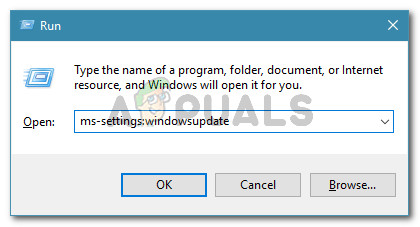
Run dialog: ms-settings:windowsupdate - In the Windows Update screen, click on Check for Updates in the right-hand section.
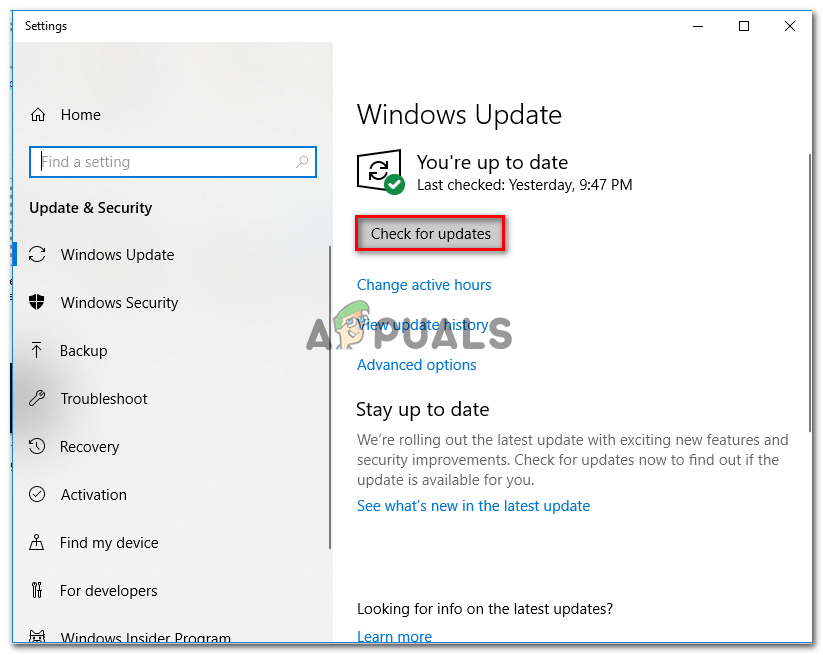
Installing every pending Windows update - Follow the on-screen instructions to install each pending update until your computer is fully updated.
Note: If prompted to restart before all updates are installed, restart as instructed. Once the next startup is complete, return to the Windows Update screen to finish installing remaining updates. - Once all Windows updates are installed, you should find that the .NET Framework 3.5 is already installed by the Windows Update component.
If this didn’t happen or you’re not prepared to install the Windows Updates that are currently pending, move to the next potential fix below.
5. Install NET Framework via Installation Media
Using installation media to install .NET Framework 3.5 provides the system direct access to necessary files, avoiding potential Windows Update problems. This approach fixes missing or corrupted file errors by using files directly from the setup media, offering a reliable alternative to online installation.
- Insert the compatible installation media into your DVD drive, flash drive, or mount it if using an ISO.
- Press Windows key + R to open the Run dialog box. Type ‘cmd’ and press Ctrl + Shift + Enter to open an elevated Command Prompt. Click Yes at the UAC (User Account Control) prompt to grant administrative privileges.
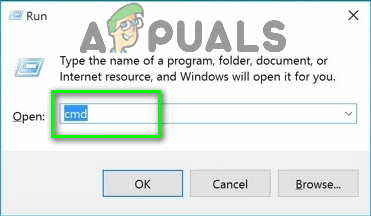
Type “cmd” into the Run dialog Note: If you prefer to use Powershell, type ‘PowerShell‘ instead of ‘cmd‘.
- In the elevated CMD prompt, type the following command, replacing ‘XXX‘ with the letter assigned to your installation media:
Dism /online /enable-feature /featurename:NetFX3 /All /Source:XXX:\sources\sxs /LimitAccess
- Press Enter to initiate the process and wait for the operation to complete. Once the installation is finished, restart your computer and check if the .NET Framework was installed successfully at the next startup.
6. Create a Custom Installation Script (Windows 10 Only)
Using a custom script for installation ensures Windows 10 receives the .NET Framework 3.5 files from a specific source, avoiding errors from missing or broken parts in the usual setup.
- Press Windows key + R to open the Run dialog, type “notepad.exe”, and press Ctrl + Shift + Enter to open Notepad with admin rights.
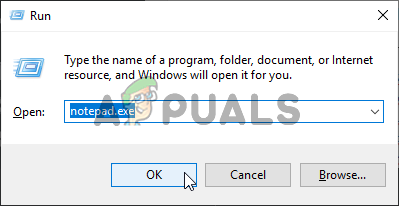
Opening an elevated Notepad window - Paste the code below into Notepad, replacing PLACEHOLDER with your installation media’s drive letter:
@echo off Title .NET Framework 3.5 Offline Installer for %%I in (D E F G H I J K L M N O P Q R S T U V W X Y Z) do if exist "%%I:\\sources\install.wim" set setupdrv=%%I if defined setupdrv ( echo Found drive %setupdrv% echo Installing .NET Framework 3.5... Dism /online /enable-feature /featurename:NetFX3 /All /Source:PLACEHOLDER:\sources\sxs /LimitAccess echo. echo .NET Framework 3.5 should be installed echo. ) else ( echo No installation media found! echo Insert DVD or USB flash drive and run this file once again. echo. ) pause - Select File > Save As, choose a location, and save the file with a “.cmd” extension.
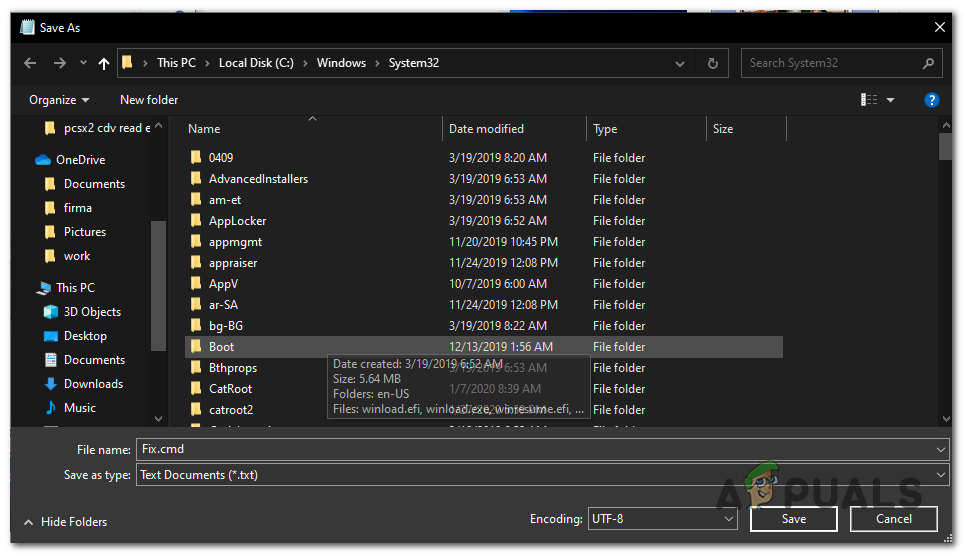
Creating the CMD fix - Right-click the saved .cmd file, select Run as administrator, and click Yes at the prompt. Wait for the process to complete.
- Restart your computer to see if the issue is resolved.
7. Perform a Clean Install
If none of the solutions work, a repair install can be a final fix by restoring all essential Windows components. This process resolves major system issues, ensuring the .NET Framework 3.5 installation has the necessary files and settings.
You can do this with a clean install, but our recommendation is to go for a repair install (in-place repair) instead.





